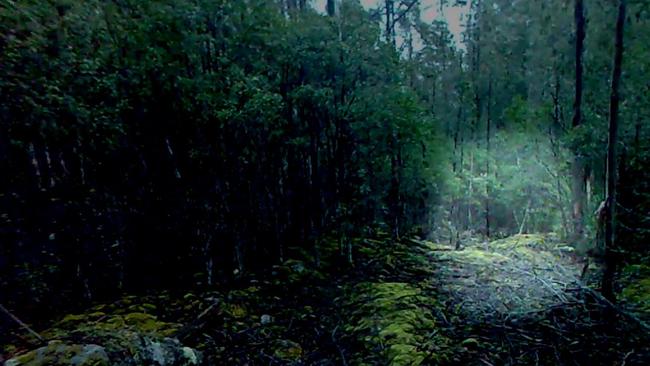Tasmanian tiger captured on video, not everyone’s convinced
Is it? Tasmania is unsure after the release of what is claimed to be “the first verified footage” of a Tasmanian tiger.

Is it or isn’t it? Tasmania remains unsure, after two bushmen and a self-declared thylacine hunter released what they claim is “the first verified footage” of a Tasmanian tiger.
Authorities said they would examine the grainy video, after a wildlife expert judged there was as much as a 30 per cent chance of the animal featured in it being a thylacine. The footage was released by three men who said they believed it was the first footage of a thylacine since the last known of the species was filmed in captivity in 1932.
“I don’t think it’s a thylacine — I know it is a thylacine,” said Adrian “Richo” Richardson, who described himself as a retired soldier who had been researching and searching for the Tasmanian tiger for 26 years.
However, an independent verification conducted for the men by experienced wildlife biologist Nick Mooney suggested the animal, filmed at a distance by an automatic field camera, was more likely a quoll than a thylacine.
“I am happy to suggest that based on this limited analysis of the film, there is perhaps a one-in-three chance the image is of a thylacine,” Mr Mooney said. He concluded the animal in the footage, recorded on November 4 last year on a forest track within 50km of Maydena, northeast of Hobart, was either a small thylacine or a very large spotted-tailed quoll.
The three men — Mr Richardson and Derwent Valley father and son George and Greg Booth — had placed 14 cameras in the area after Greg Booth had a face-to-face encounter with what he believed was a thylacine on April 3, 2015. “She sat down on the track and looked at me from about 3m,” said Greg Booth, a firewood cutter. “I could see the pouch and scars on her face … and the colours. Then she went into the bush, across the track and around the ute before she went back into the bush.”
He said he had, until then, been a sceptic, unlike his forester father, George — also known as Joe — who believes he saw a thylacine in the wild in the 1950s.
Tasmania’s Department of Primary Industries, Parks, Water and Environment said it would examine the video, and still images, when they were provided, before deciding what steps, if any, would be taken. The last known thylacine, or Thylacinus cynocephalus, died in captivity in Hobart’s Beaumaris Zoo on September 7, 1936, and the species is officially presumed extinct.




To join the conversation, please log in. Don't have an account? Register
Join the conversation, you are commenting as Logout